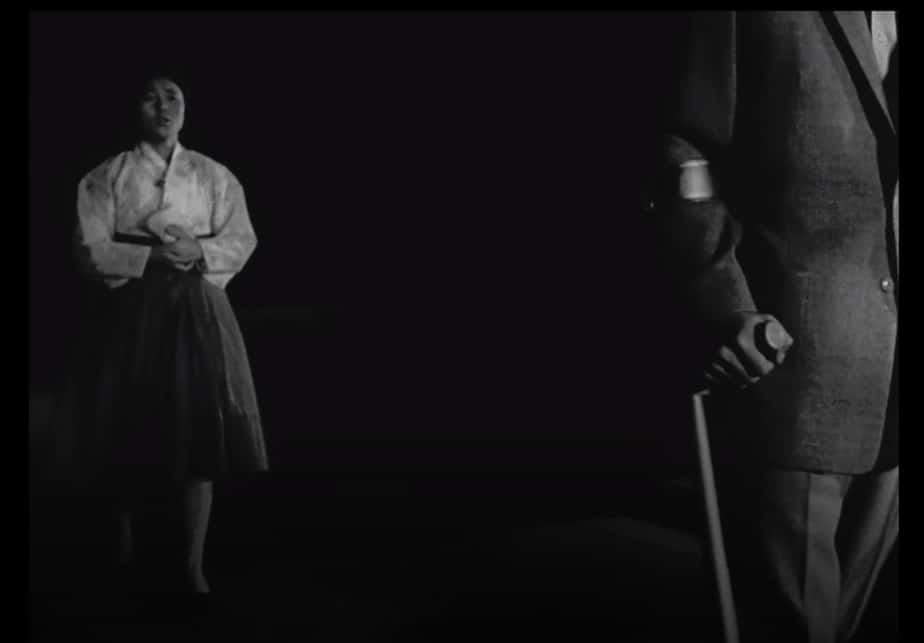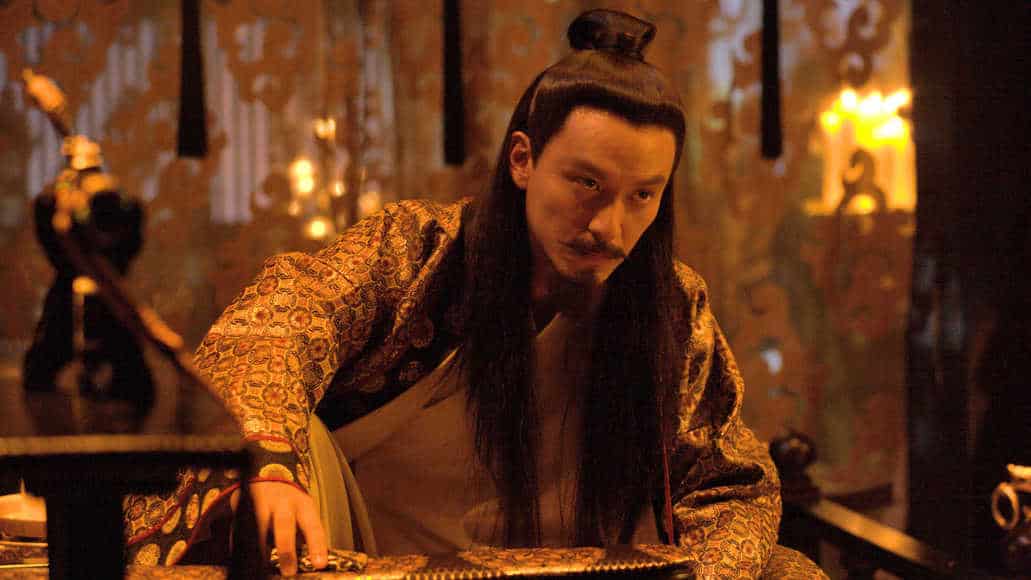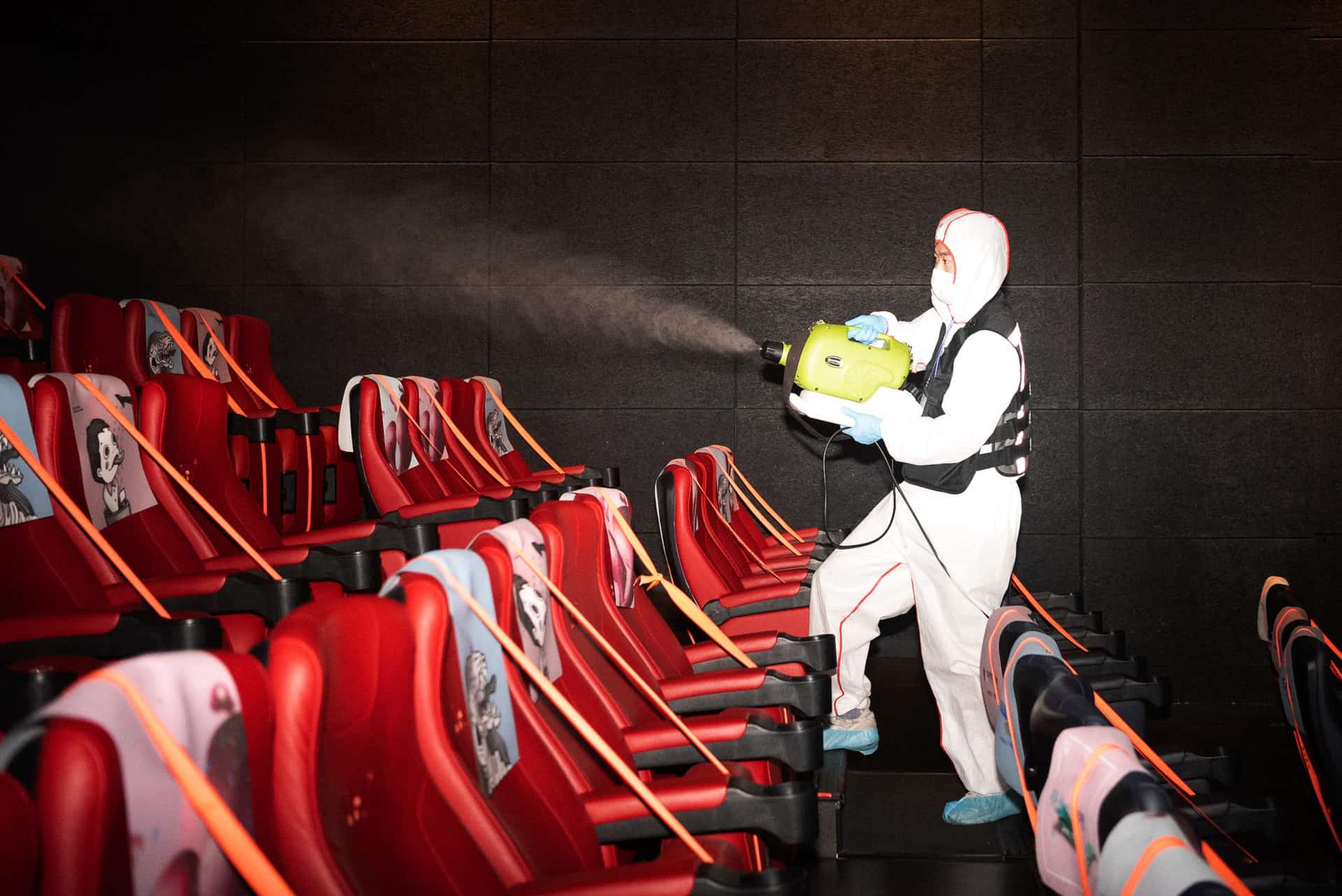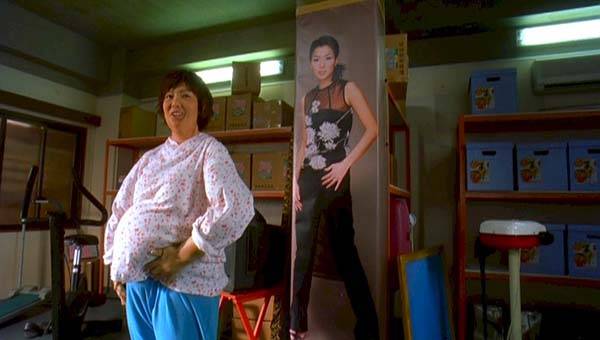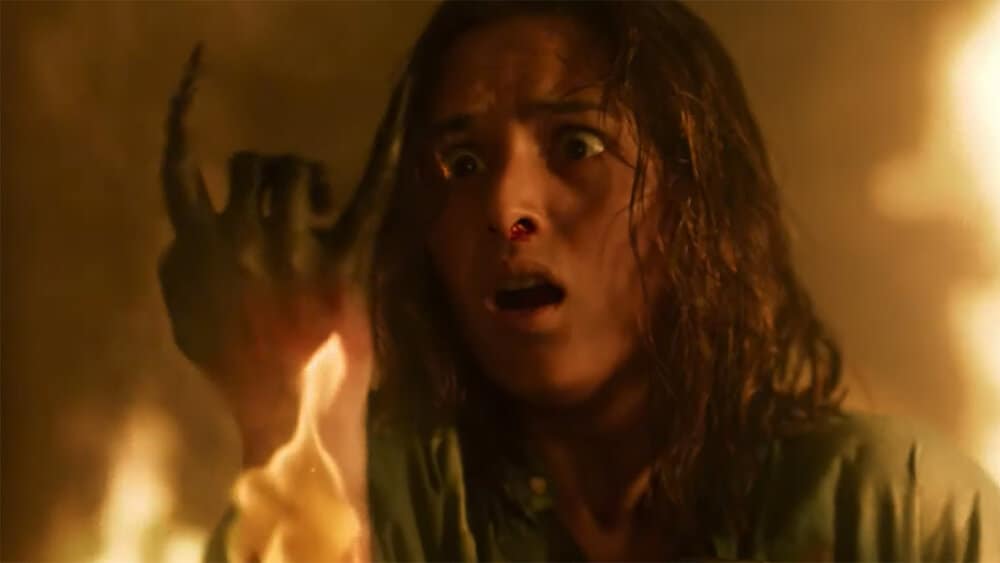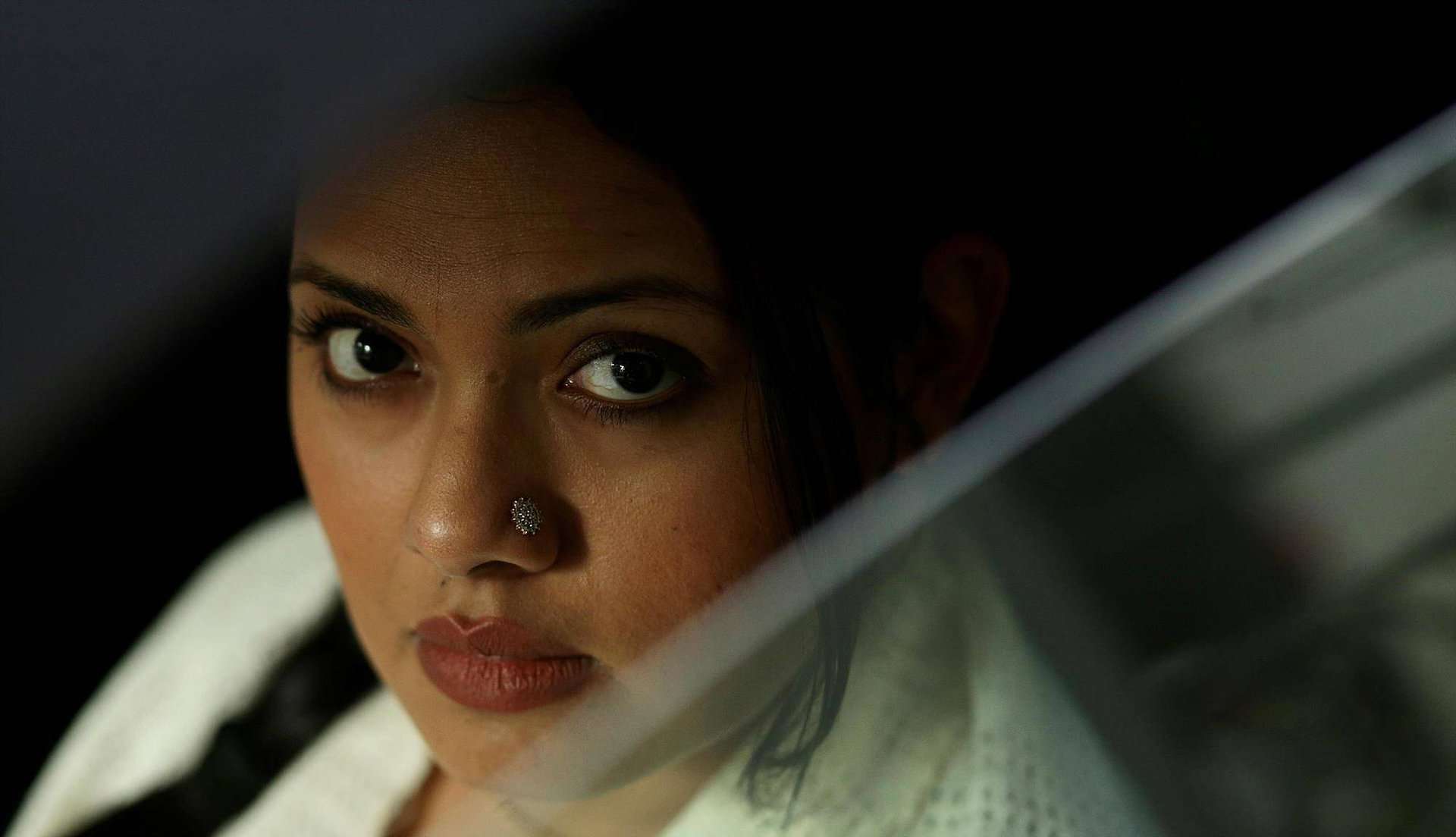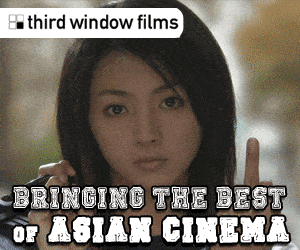Dubbed by some the best Korean film ever made, this 1960 piece draws from a novella translated alternatively as “Aimless Bullet” or “Stray Bullet” by Yi Beomseon. While we can debate about being the “best” as this is always a thing of personal preferences, “Aimless Bullet” is definitely a damn great film. Taken from both, a contemporary and diachronic perspective. And it is quite obvious why the 1960s government found the film too gloomy. Consequently, they first banned the film, and only later allowed a very limited release.
“Aimless Bullet” is currently screening at the London Korean Film Festival
After the war is over, the usual wish the governments have is to celebrate the peace or at least boost the morals of the nation. In spite of that, the national cinemas tend to react with films infused with hardship and disillusion. And yes, that is the case here. The destroyed country offers little to none work opportunities, the pay is laughable, housing is scarce. Soldiers, often suffering from injuries or traumas, stay unemployed. That still does not mean women or those who weren't fighting are better off. PTSD took its toll from all, civilians included.
“Aimless Bullet” manages to capture it all. At a steady pace, it introduces the variety of its characters, seamlessly adding one at a time, shifting focus. Bit by bit building a mosaic, a portrait of a country where no one is really happy despite everyone is trying. A country with a jeering chasm between the rich and the poor. The camera follows the ideas of the script and helps to set the bonds with the characters, build up the tension, and juxtapose what might otherwise stay unnoticed.
The choices of framing, composition, in-depth staging are not only captivating but also keep the pace steady and grant you the grasp of the contemporary moods. The panning and refocus serve as a smooth way to introduce new characters and later add to the emotional impact of the scene. The light captures the feeling of the moment. The images of the cityscape are in no way diplomatic. They put in contrast ladies wearing expensive dresses and the homeless or hawkers. Shiny city center stands in opposition to poor suburbs, despite the city streets are not exactly bustling with crowds.
The script itself offers one excellent basis for the film. It keeps in mind the wider picture and provides enough screen time for the characters. The characters intrigue you not only in their role of the bearers of a certain issue, but dread, hope or dream. They are allowed to establish an emotional bond to the point where all of them matter. At the same time, the narration proceeds with the core storyline, unwaveringly spiraling towards one character.
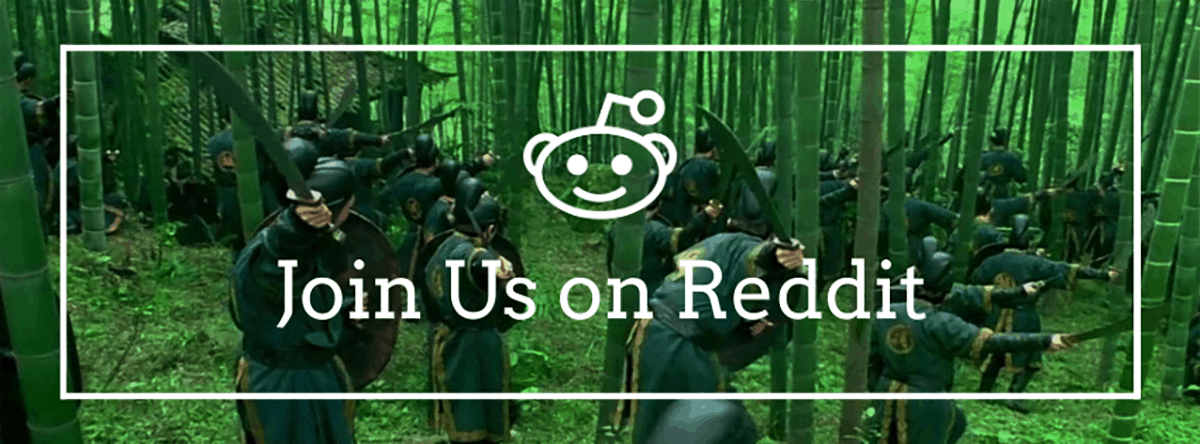
In the center of the story stands Cheol-ho (Kim Jin-kyu) and his family. Brother, war veteran Yeong-ho (Choi Moo-ryong), sister, who became a prostitute for American soldiers, pregnant wife, two kids, and mother. Magnificent in film style, “Aimless Bullet” portrays people striving to make it to another day. Along the way, the families and whatever illusion that kept them going are falling apart. There is a touch of neo-realism, as well as of the American lost generation. Silent persistence mingles with harsh screams, intimate moments get lost in sadness.
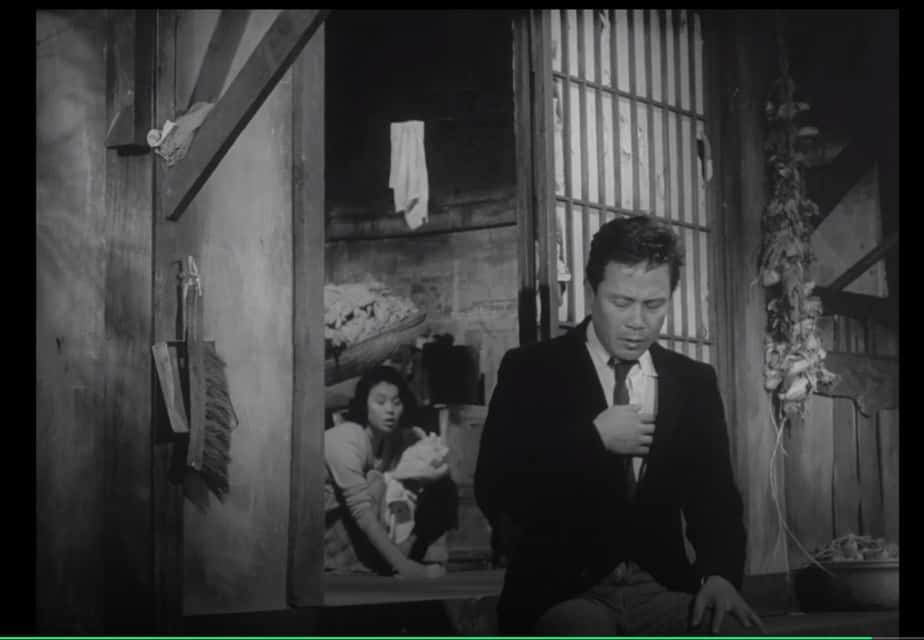
The men do their best to keep it together, to be honorable, to provide for the family and themselves. Yet, they do not have a set purpose. Like many of their compatriots, they have lost their purpose. Now, they have to face a platitude of social roles without really knowing how. They go on like aimless bullets.
In the end, it doesn't matter whether you agree “Aimless Bullet” is the best Korean film ever. Nor it matters that in the time of its initial release, it flopped. It fully deserves its place among the classic masterpieces, simply because it is a great film.


